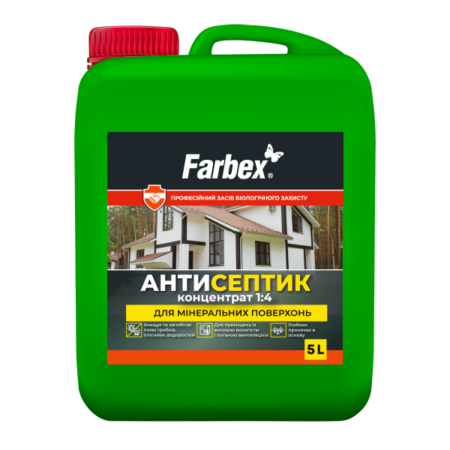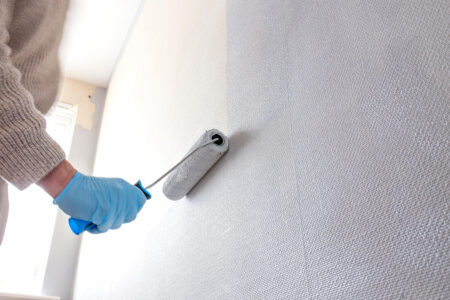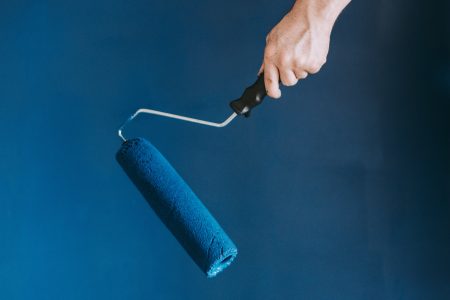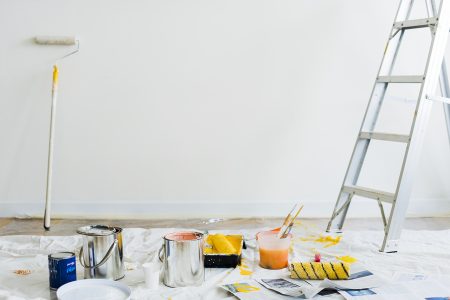
Farbex
Antiseptic conctentrate for mineral and wooden surfaces 1:4
Specification
- it penetrates deeply into the base surface
- it reliably protects against bacteria, mould, and fungi
Sphere of application
Concentrated waterborne product is intended for treating of concrete, brick, stuccos, stone, asbestos concrete and other mineral and wooden surfaces. It disinfects and prevents mould, fungi, algae and other biological damages on the absorbing surfaces before undercoating and coating. It is especially recommended for wet spaces and poor aired spaces.
Content
Technical data
| Consumption standard of 1 layer | 100-125 ml/m2 |
| Thinner | Water. The antiseptic is ready to use. If necessary, dilute as recommended. |
| Application | Apply with a brush, a roller or a spraying gun. |
| Density (DSTU ISO 2811-1) | ≈ 1 g/cm3 |
| Drying period (23 °С, 50% RH) | - |
| Warranty period | 24 months |
| Packaging | 1 l, 2 l, 5 l |
Color
Application instruction
-
1. Preliminary preparation
-
2. Using
- Clean the surface of dust, dirt, mould, fungi, putty, old paint, other coatings.
- For treating of wooden surfaces and causality prophylaxis of mineral surfaces, the antiseptic must be diluted with water in the ratio: 1 part of the antiseptic to 4 parts of water. In case of severe damage, it is not recommended to dilute the antiseptic.
- The product is applied in 2 layers with a total consumption of less than 200 ml/m2.
- Add 80-100 ml of a solid antiseptic per 1 kg to waterborne paints, primers or chalk and cement mortars. Add antiseptic gradually thoroughly stirring. Before mixing the antiseptic with a solution, it is necessary to check their compatibility in a small amount. Clots and other signs of coagulation are not allowed.
- Stir the antiseptic thoroughly before use.
- Apply with a brush, a roller, a sponge or a spraying gun.
- Treat the surfaces, that are often in contact with moisture, with special thoroughness.
- Drying period of one layer of the product (23 ° C; 50% RH) 1 hour. Apply each next layer with intervals of 1-2 hours, depending on the material of the surface.
- Apply product at air and surface temperatures from + 5 °C to + 35 °C.
- Wash tools with water after finishing work.
- When the surface, treated with the antiseptic, is completely dry it can be coated with any paint product.
3. Tool cleaning
-
Tips

How to paint old wallpapers
If before painting the walls are thoroughly plastered and polished until you have an ideal surface, then you can easier and quicker prepare the walls for wallpapering. The texture of the wallpapers removes imperfections on the surface. Modern wallpapers are …

Шпаклівка для стін. Як обрати та підготувати стіни до шпаклювання
Перед нанесенням будь-яких оздоблювальних матеріалів необхідно правильно підготувати поверхню. Якщо для укладання плитки достатньо штукатурки, то перед фарбуванням чи наклеюванням шпалер стіни треба зробити ідеально рівними та гладкими. Для шпаклювання стін використовують спеціальні суміші – шпаклівки. Без досвіду легко заплутатися …

Гумова фарба для стін
Поява гумової фарби докорінно змінила сприйняття споживачів про властивості і застосування фарби. Вона за короткий час завоювала любов споживачів своєю універсальністю і характеристиками. І хоч гумова фарба підходить для різних типів поверхні, у цій статті пропонуємо детальніше розглянути, чому варто …

Підготовка стін перед фарбуванням
Фарбування стін – простий і ефективний спосіб оновити дизайн інтер’єру або зробити повне перевтілення кімнати. Розглянемо ряд кроків, які допоможуть якісно підготувати стіни перед фарбуванням: Перший етап – облаштування приміщення. На цьому етапі завдання – максимально звільнити кімнату від меблів …
Flow calculator
Consumption standard of 1 layer
When calculating the area to be painted, you need to subtract the area that will not be painted. (windows, doors, etc.)
Paint consumption may vary depending on dilution and uniformity of application of the paint.